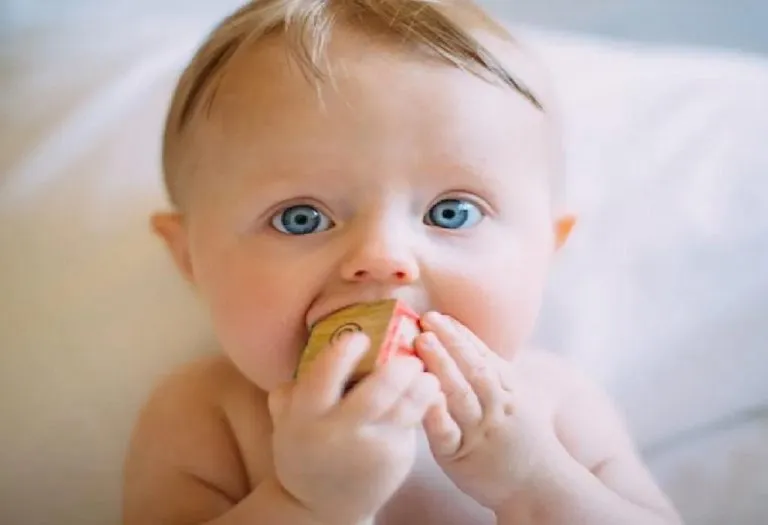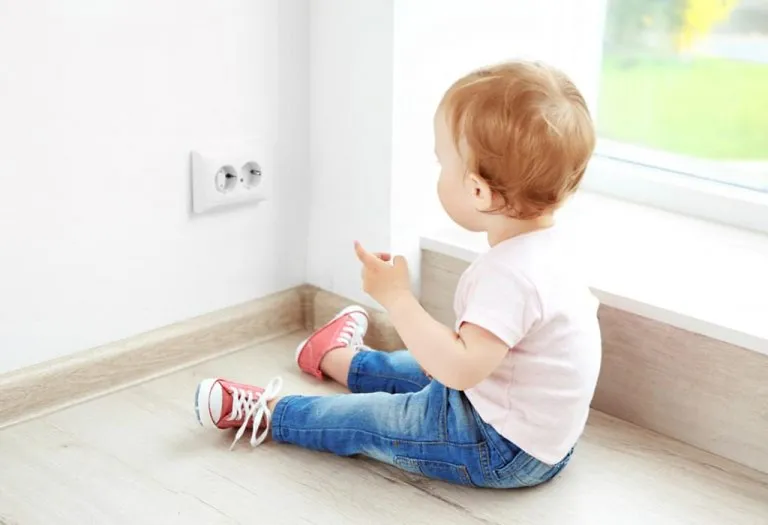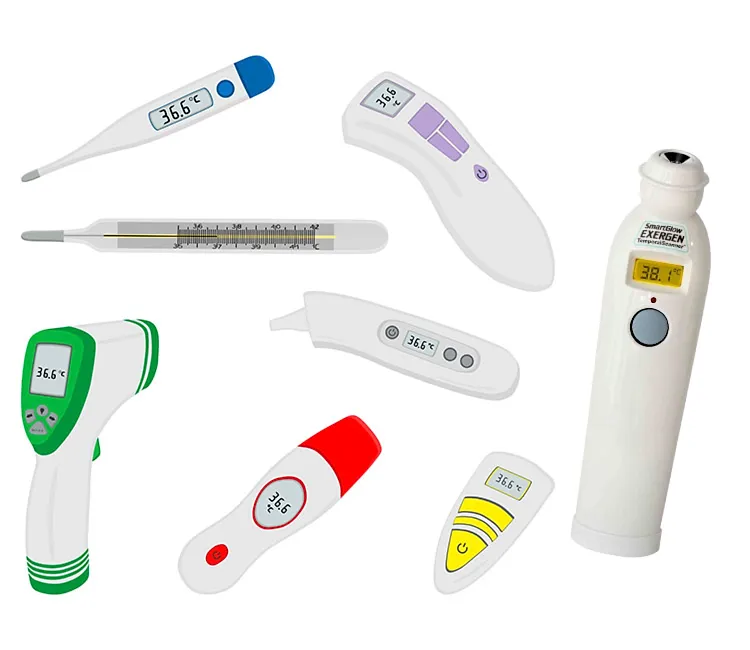Why Toddlers Hold Objects Close To Their Face
If your instincts seek answers to your toddler’s development questions, explore them. Even a trivial question, like why your toddler looks at things closely, shouldn’t be overlooked. Find out the reasons 19-month-olds hold objects close to their face.
For a first-time mother, small and irregular behaviour differences in her child can seem terrifying. Toddlers have particular behaviour patterns that correspond to their age, and a deviation from this can sometimes worry parents. However, they usually turn out to be natural. One such is holding objects close to their face.
Reasons 19-month-olds Hold Objects Close to the Face
Children of each age group have certain behavioural patterns that are characteristic of their growth. Kids aged 18–19 months tend to hold objects close to their eyes to inspect them. Their vision is at the development stage, and they hold things close so that they can look at them better. They’re trying to learn and grasp things from their environment. As they age, they look at items without holding them very close. However, sometimes doing so can mean something else, and parents must stay alert.
Things to Check if Your Toddler Is Holding Objects Too Close to His Face
If you’ve noticed your toddler holding objects unusually close to their face, addressing this behaviour is essential to ensure their visual development and overall well-being. Close proximity to objects may indicate a need for vision correction or could be a habit worth investigating further. Here are signs you should watch if your toddler likes to hold things in hand too close to their face.
1. Holds Things Closer Than 3-4 inches From the Eyes
Children around 18-19 months tend to hold things close to their faces, at least 3-4 inches away. This helps them see more clearly. But, if your child holds objects closer than 3-4 inches, he could have visual problems. It’s best to consult with a pediatric ophthalmologist for a thorough check-up. He could need treatment, or it might be a false scare, but it’s still wise to rule out a developmental or medical issue.
2. Continuing to Hold Objects Close till 3 Years or Above
By age 3, children have better-developed visual senses (2) and can see an object clearly without holding it too close to their eyes. However, a check-up is recommended if your toddler keeps things too close even as he nears this age.
3. Doesn’t Reach for Objects Lying Nearby
Children generally reach for objects lying within their reach, the same as adults. If your child doesn’t try to pick up things lying nearby, there’s a chance of a problem with his eyesight (3). Again, a check-up will clear any doubts.
FAQs
1. Should I be concerned if my toddler consistently holds objects close to their face?
While occasional close examination of objects is normal, toddlers holding objects in their hands constantly and excessively close may warrant further attention. It could indicate vision issues or other developmental concerns that must be addressed promptly to ensure your child’s well-being.
2. Can my toddler’s habit of holding objects close to their face affect their vision?
Constantly holding objects too close to the eyes may not directly harm vision but could be a sign of underlying vision issues that, if left unaddressed, may impact their visual development.
3. What can I do to encourage my toddler to hold objects at an appropriate distance?
Encouraging activities that promote hand-eye coordination and spatial awareness, such as playing with toys at different distances, reading books together, and engaging in outdoor activities, can help your toddler develop healthy visual habits (1).
4. At what age should I be concerned if my toddler continues to hold objects excessively close to their face?
If your toddler’s behaviour persists beyond 3-4 years, or if it’s accompanied by other signs of vision or developmental issues, it’s advisable to consult a doctor for further evaluation and guidance.
Do bear in mind that even though children have general behavioural characteristics, each child is different. They have their own pace of growing and learning. It’s easy to panic when you see your toddler behaving differently, but it doesn’t necessarily mean anything is wrong. It’s important to be supportive and understanding of what he needs.
References/Resources:
1. Infant Vision: Birth to 24 Months of Age; American Optometric Association; https://www.aoa.org/healthy-eyes/eye-health-for-life/infant-vision?sso=y
2. Age-Appropriate Vision Milestones; Stanford Medicine Children’s Health; https://www.stanfordchildrens.org/en/topic/default?id=age-appropriate-vision-milestones-90-P02305
3. Turbert. D; Vision Development: Childhood; American Optometric Association;
https://www.aao.org/eye-health/tips-prevention/children-vision-development; August 2020
Also Read:
Is Your Toddler Obsessed With Organising Things?
Toddlers Shifting Objects In and Out of Containers
Toddler Lining Up or Rearrange Toys – Is It Common?
Was This Article Helpful?
Parenting is a huge responsibility, for you as a caregiver, but also for us as a parenting content platform. We understand that and take our responsibility of creating credible content seriously. FirstCry Parenting articles are written and published only after extensive research using factually sound references to deliver quality content that is accurate, validated by experts, and completely reliable. To understand how we go about creating content that is credible, read our editorial policy here.






















